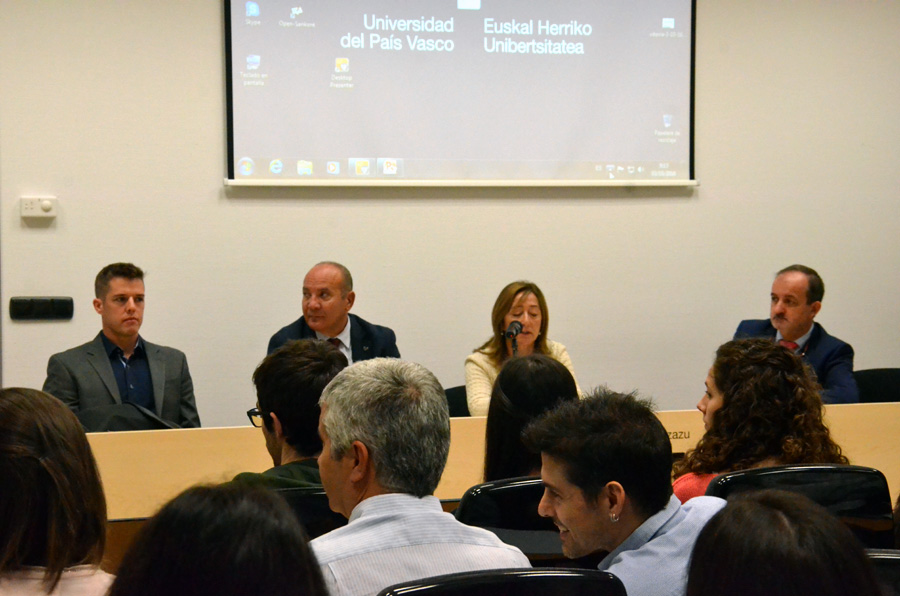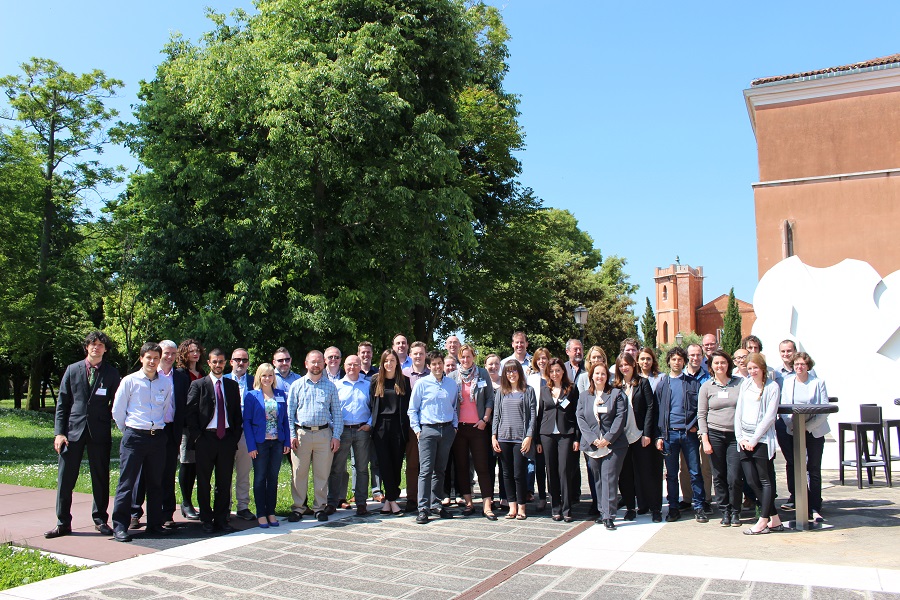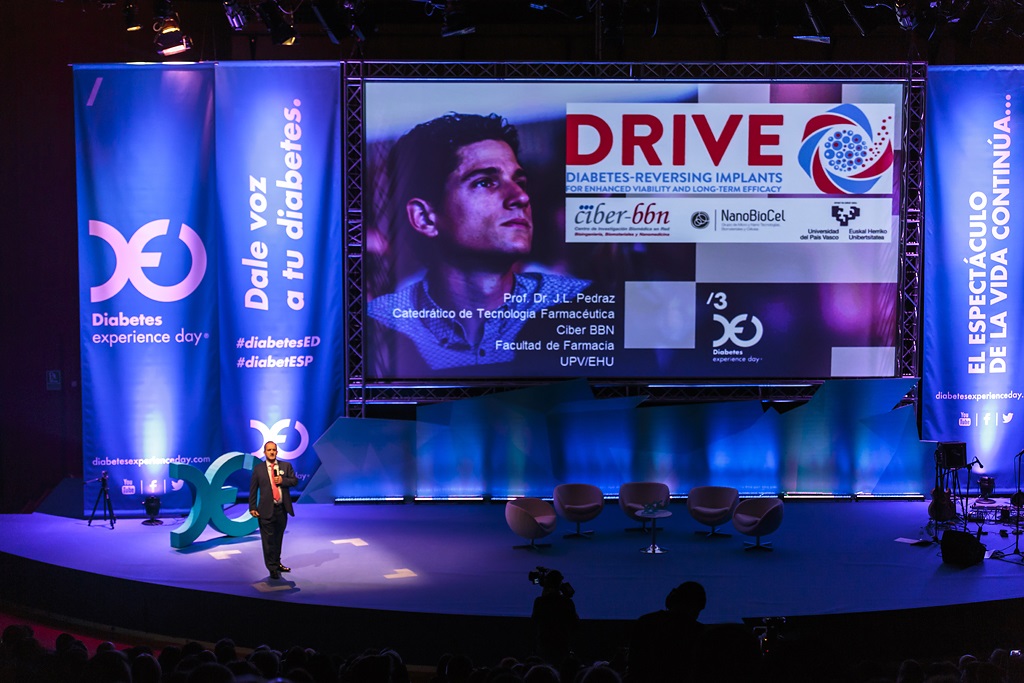Midyear meeting in Vitoria of European project DRIVE
CIBER-BBN participates in the project through NanoBioCel group, led by professor José Luis Pedraz Muñoz, Scientific Director of Unit 10 of NANBIOSIS, working on the optimization of formulations to be included in a bioartificial organ.
José Luis Pedraz Munoz and Jesus Izco coordinator of NANBIOSIS have participated in the meeting held in Vitoria on 3 and 4 of October.
The DRIVE objective is to develop new biomaterials and devices surgical transplantation and improve islet survival producing pancreatic insulin for the treatment of diabetes. Diabetes Mellitus is a chronic disease characterized by high blood glucose levels and affects 422 million people in the world, according to 2014 World Health Organization (WHO).
DRIVE is a four-year European project funded by the Horizon 2020 program for research and innovation of the Union European and endowed with 8.9 million euros. It is being conducted by 14 European partners and coordinated by the Royal College of Surgeons Ireland (Royal College of Surgeons in Ireland). Seeks to develop a bioartificial pancreas that is inserted into the body through minimally invasive techniques. To do this, they are being carried out preclinical studies to integrate this system in the human body and assess its effectiveness in people. The system will contain islets Pancreatic to restore the natural control of blood sugar and eliminate the need for multiple daily injections of insulin, thus improving the quality of life of patients.











